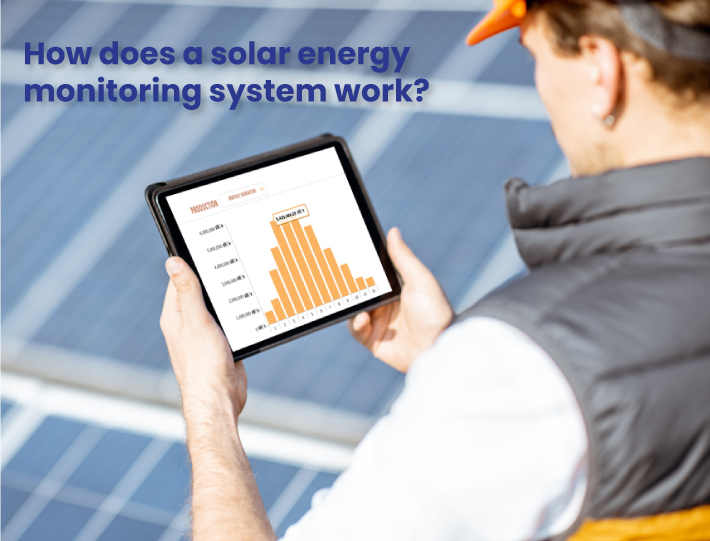How Does a Solar Energy Monitoring System Work?
Solar power plants of any scale can achieve their full efficiency with careful planning. The cable, structure, inverter, and PV panel that will be employed in this planning should be determined by the field conditions. Once the relevant components have been built, it is vital to monitor and record the system's operation in real-time to avoid possible failures and even catastrophic failures. This is possible with solar monitoring equipment.
A monitoring system is a software application that enables you to view information about your solar system's performance, production values, consumption, and problems. Installing a monitor system is critical not only for the best solar monitoring system state but also for ensuring that the system is operating properly.
Solar Panels: How Do They Work?
Here's an overview of what happens in a photovoltaic system from sun to plug:
â— Photovoltaic cells are solar cells that capture photons and convert them to direct current (DC) electricity.
â— An inverter converts direct current (DC) to alternating current (AC) for the purpose of powering appliances.
â— AC current is sent throughout the building through the wire to a breaker box.
â— Any excess electricity is returned to the utility grid or stored in solar energy storage.
What Makes Solar System Monitoring Unique?
Solar energy systems are low-maintenance and dependable sources of electricity. However, much like anything else, solar system components can occasionally fail. The best solar monitoring system enables us to identify possible problems and resolve them before they have a significant impact on your solar production and utility bill.
Solar system monitoring enables you to rapidly assess the energy production and general health of your system.
Solar monitoring software will provide you with real-time production data as well as historical data on your system. Historical data enables you to monitor performance over time and ensure that your financial ROI is on track. The production statistics can be seen on a daily, weekly, monthly, or annual basis.
The primary advantage of system monitoring is the peace of mind it provides. At any time, you can check on your system. You won't have to worry about difficulties being undiscovered or an unexpectedly high utility bill. This program enables monitoring at the panel or inverter level, allowing the installer to rapidly diagnose and address any difficulties.
Remote Monitoring Provides Complete Control of Your Solar Photovoltaic System
When you have a problem with your solar energy system, the last place you want to go is to the location where it was placed. Rather than that, you want to be able to browse or check the health and state of your solar PV array, inverter, and batteries remotely with a single tap on your mobile phone or computer. In this manner, you or your installer can quickly take any essential safety measures.
And it is not solely a technological matter. Solar monitoring system enables you to track your solar energy production/consumption patterns and the resulting impact on your energy bills. If you want this level of control and convenience with your solar power system, solar remote monitoring should be a high priority on your to-do list.

